
Welcome to the vibrant and diverse world of Malaysia, a country that seamlessly blends tradition with modernity. In this exploration of the best cities in Malaysia, we’ll journey through bustling metropolises and serene cultural havens, each offering a unique slice of Malaysian life.
From the towering skyscrapers of Kuala Lumpur to the historic streets of George Town, and the pristine beaches of Kota Kinabalu, these cities are not just destinations but experiences in their own right. Whether you’re a food enthusiast, culture seeker, or an adventure lover, Malaysia’s cities promise a rich tapestry of sights, sounds, and flavors, waiting to captivate and enchant. Let’s embark on this journey to discover the heart and soul of Malaysia through its most remarkable cities.
Looking for the best city in Malaysia, look no further. We have curated and listed the best cities in Malaysia for you reference. Whether you are looking to buy a property to live in or rent a house temporality, here are the top 10 cities in Malaysia.
Top 10 Cities In Malaysia
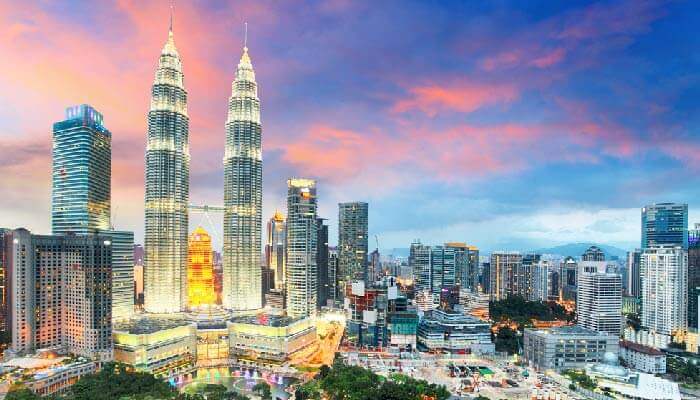
Kuala Lumpur
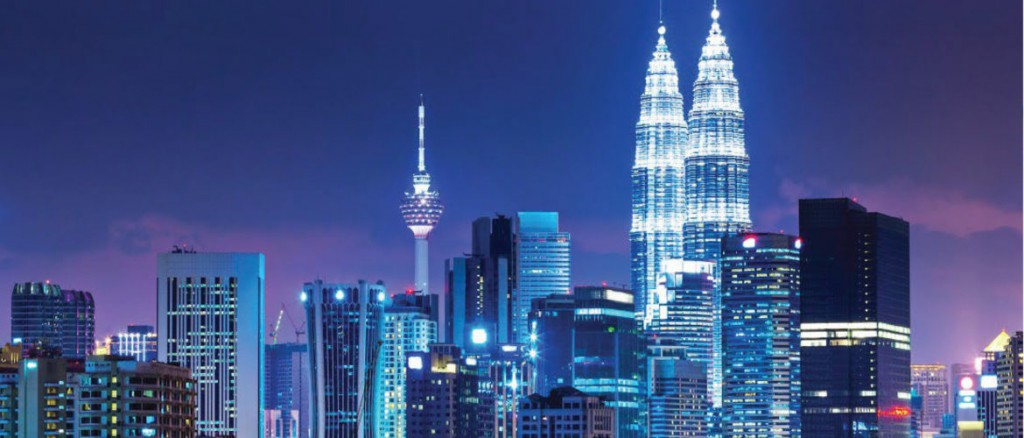
Kuala Lumpur is a federal territory and the capital city of Malaysia. It is the largest city in Malaysia, covering an area of 243 km with an estimated population of 1.73 million as of 2016. Greater Kuala Lumpur, also known as the Klang Valley, is an urban agglomeration of 7.564 million people as of 2018. It is among the fastest growing metropolitan regions in Southeast Asia, in both population and economic development.
Kuala Lumpur is the cultural, financial and economic centre of Malaysia. It is also home to the Parliament of Malaysia and the official residence of the Yang di-Pertuan Agong, the Istana Negara. The city was once the seat of the executive and judicial branches of the federal government, but these were relocated to Putrajaya in early 1999. However, some sections of the political bodies still remain in Kuala Lumpur.
Petaling Jaya
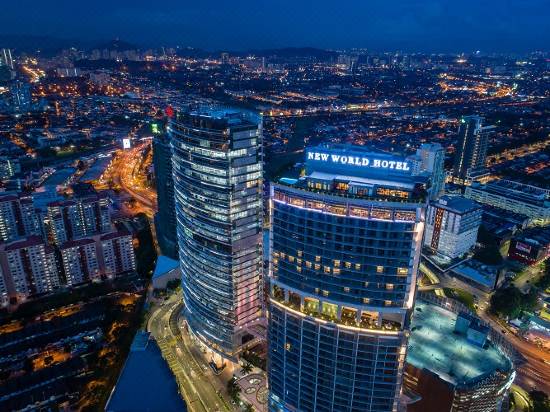
Petaling Jaya is a city in Petaling District, Selangor, Malaysia. It has an approximate area of 97.2 square kilometres . Petaling Jaya was granted city status on 20 June 2006. It was originally developed as a satellite township for Kuala Lumpur.
Petaling Jaya is surrounded by the Malaysian capital, Kuala Lumpur to the east, Sungai Buloh to the north, Shah Alam , the capital of Selangor and Subang Jaya to the west and Bandar Kinrara (Puchong) to the south.
The city was developed during post-war British Malaya on a piece of 1,200 acres (486 ha) rubber estate, the Effingham Estate, around Old Klang Road to address the overpopulation of the capital Kuala Lumpur in the 1950s. Since 1952, PJ witnessed a dramatic growth in terms of population size and geographical importance. The development of Petaling Jaya commenced in 1952 with the construction of 800 houses centred on the area known as “Old Town” today.
Kota Kinabalu
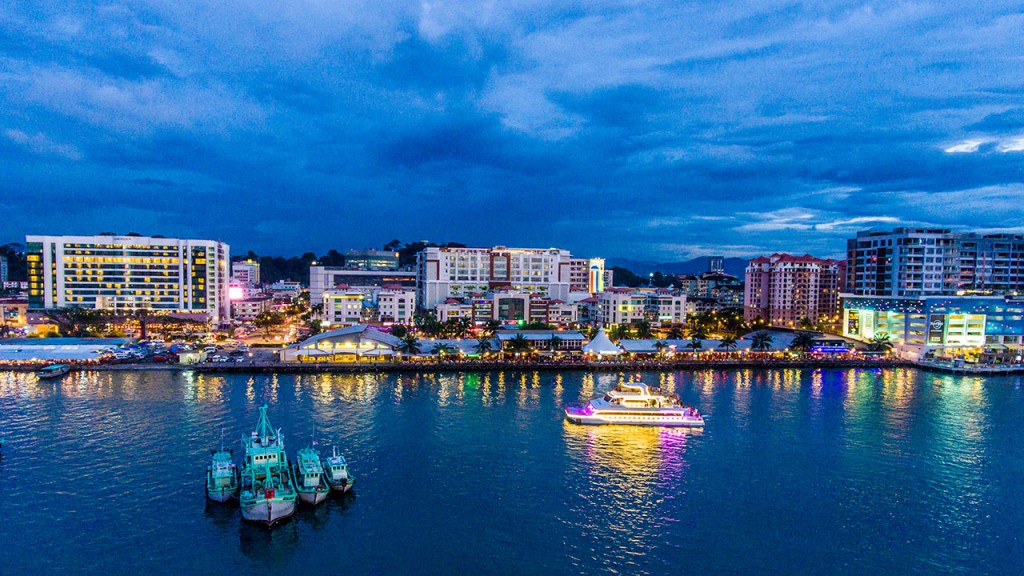
Kota Kinabalu is the state capital of Sabah, Malaysia. It is also the capital of the Kota Kinabalu District as well as the West Coast Division of Sabah. The city is located on the northwest coast of Borneo facing the South China Sea. The Tunku Abdul Rahman National Park lies to its west and Mount Kinabalu, which gave the city its name, is located to its east. Kota Kinabalu has a population of 452,058 according to the 2010 census; when the adjacent Penampang and Putatan districts are included, the metro area has a combined population of 628,725.
In the 15th century, the area of Kota Kinabalu was under the influence of Bruneian Empire. In the 19th century, the British North Borneo Company (BNBC) first set up a settlement near the Gaya Island. However, it was destroyed by fire in 1897 by a local leader named Mat Salleh. In July 1899, the place located opposite to the Gaya Island was identified as a suitable place for settlements. Development in the area was started soon after that; and the place was named “Api-api” before it was renamed after the vice-chairman of BNBC as “Jesselton”. Jesselton became a major trading port in the area, and was connected to the North Borneo Railway. Jesselton was largely destroyed during World War II. The Japanese occupation of Jesselton provoked several local uprisings notably the Jesselton Revolt but they were eventually defeated by the Japanese.
After the war, BNBC was unable to finance the high cost of reconstructions and the place was ceded to the British Crown Colony. The British Crown declared Jesselton as the new capital of North Borneo in 1946 and started to rebuild the town. After the formation of Malaysia, North Borneo was renamed as Sabah. In 1967, Jesselton was renamed as Kota Kinabalu, Kota being the Malay word for Fort and Kinabalu after the nearby Mount Kinabalu. Kota Kinabalu was granted city status in 2000.
Malacca City
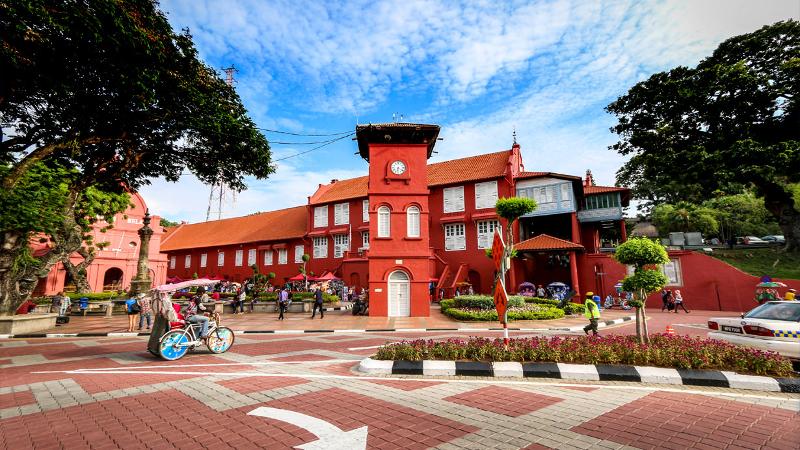
Malacca City is the capital city of the Malaysian state of Malacca. As of 2010 it has a population of 484,885.[3] It is the oldest Malaysian city on the Straits of Malacca, having become a successful entrepôt in the era of the Malacca Sultanate. The present-day city was founded by Parameswara, a Sumatran prince who escaped to the Malay Peninsula when Srivijaya fell to the Majapahit.
Following the establishment of the Malacca Sultanate, the city drew the attention of traders from the Middle East, South Asia, and East Asia, as well as the Portuguese, who intended to dominate the trade route in Asia. After Malacca was conquered by Portugal, the city became an area of conflict when the sultanates of Aceh and Johor attempted to take control from the Portuguese.
George Town
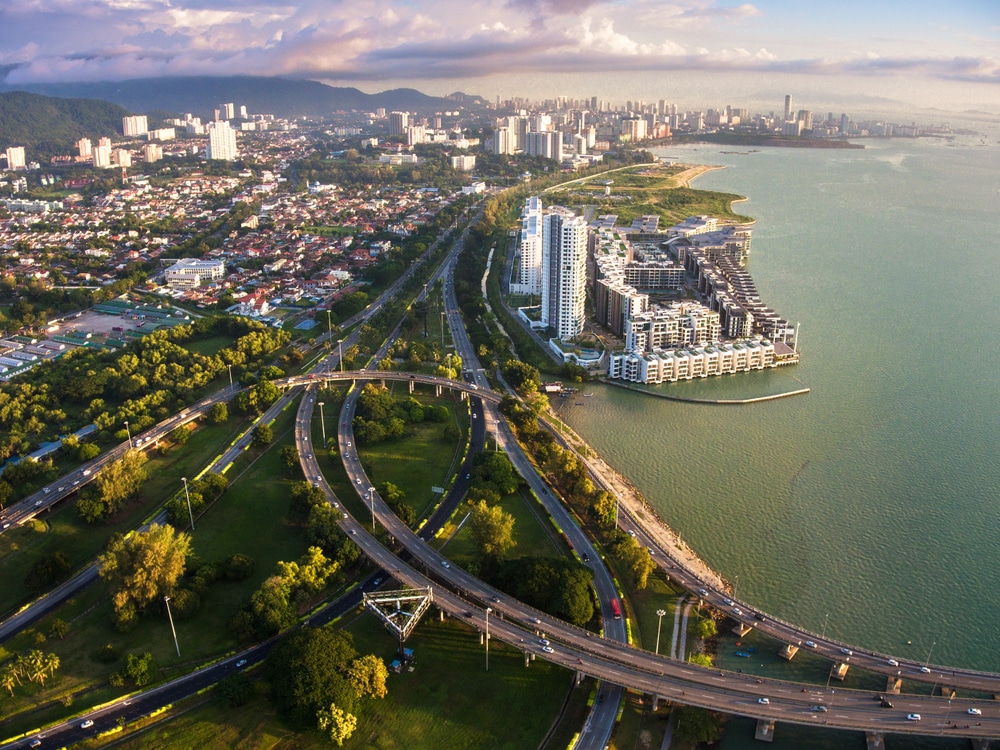
George Town is the capital city of the Malaysian state of Penang. George Town is Malaysia’s third most populous city with 708,127 inhabitants as of 2010, while Greater Penang is the nation’s second largest conurbation with a population of 2,412,616. The historical core of George Town has been inscribed as a UNESCO World Heritage Site since 2008.
Established as an entrepôt by Francis Light of the British East India Company in 1786, George Town was the first British settlement in Southeast Asia. Together with Singapore and Malacca, George Town formed part of the Straits Settlements, which became a British crown colony in 1867. It was subjugated by Japan during World War II, before being recaptured by the British at war’s end. Shortly before Malaya attained independence from the British in 1957, George Town was declared a city by Queen Elizabeth II, making it the first city in the country’s modern history.
Due to the intermingling of the various ethnicities and religions that arrived on its shores, George Town acquired a large eclectic assortment of colonial and Asian architectural styles. It also gained a reputation as Malaysia’s gastronomic capital for its distinct and ubiquitous street food. Moreover, the city hosts unique cultural heritage, such as the Peranakans whose legacies are still visible on Penang’s architecture and cuisine.
Ipoh
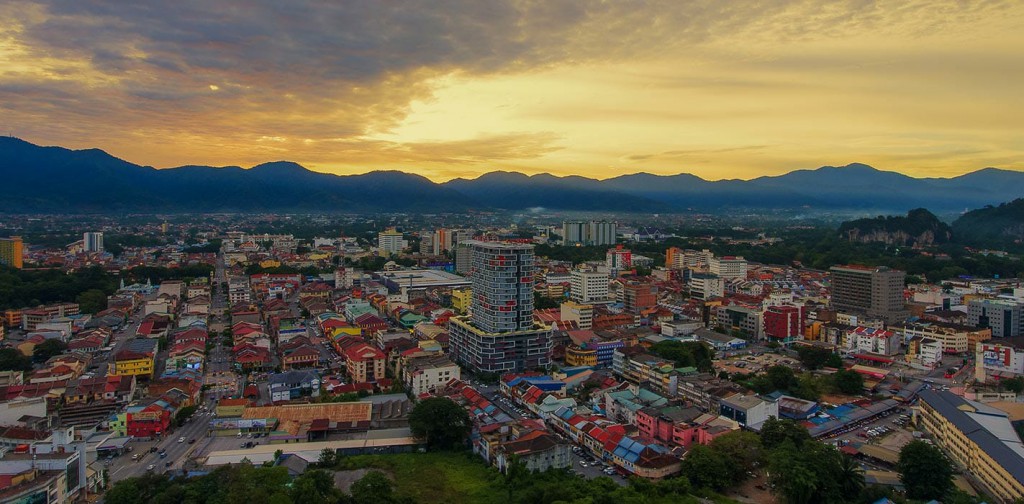
Ipoh is the capital city of the Malaysian state of Perak. Located by the Kinta River, it is nearly 180 km (110 mi) north of Kuala Lumpur and 123 km (76 mi) southeast of George Town in neighbouring Penang. As of 2010, Ipoh had a population of 657,892, making it the third largest city in Malaysia by population.
Originally a village, Ipoh began to grow rapidly in the 1880s after huge deposits of tin were discovered within its vicinity. By 1895, it was the second largest town within the Federated Malay States, which also consisted of Selangor, Negeri Sembilan and Pahang. Ipoh was declared a city in 1988. However, following the depletion of its tin deposits and the collapse of tin prices in the 1970s, the city suffered decades of decline and neglect.
In recent years, Ipoh’s popularity as a tourist destination has been significantly boosted by efforts to conserve its British colonial-era architecture. The city is also well known for its cuisine and natural attractions, such as its limestone hills and caves within which Buddhist temples were built. In addition, Ipoh has managed to maintain its reputation as one of the cleanest cities in Malaysia.
Seremban
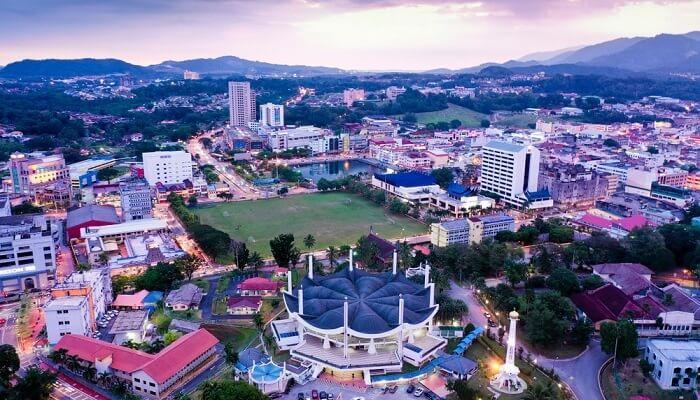
Seremban is a city and the capital of Negeri Sembilan, Malaysia, located within Seremban District. The city’s administration is run by the Seremban City Council. On 9 September 2009, Seremban was to be declared as a city, but it was later deferred due to technical reasons. However, the idea of granting city status has been brought up again and Seremban is expected to become a city in 2020. Seremban officially gained city status on 20 January 2020.
Seremban was founded as Sungei Ujong (or Sungai Ujong), named after a nearby river of the same name. While the town was renamed Seremban thereafter, the Sungai Ujong name most prominently persists as a street name for a road adjoining the southern side of town (Sungai Ujong Road, or Jalan Sungai Ujong).
The town is also referred alternately as “Fu Rong” in Mandarin or “Fu Yong” in Cantonese among the Chinese-speaking community.
Kuching
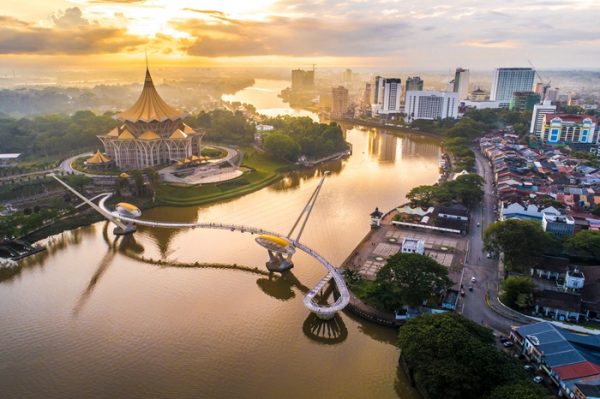
Kuching, officially the City of Kuching, is the capital and the most populous city in the state of Sarawak in Malaysia. It is also the capital of Kuching Division. The city is situated on the Sarawak River at the southwest tip of the state of Sarawak on the island of Borneo and covers an area of 431 square kilometres (166 sq mi) with a population about 165,642 in the Kuching North administrative region and 159,490 in the Kuching South administrative region total of 325,132 people.
Kuching was the third capital of Sarawak in 1827 during the administration of the Bruneian Empire. In 1841, Kuching became the capital of the Kingdom of Sarawak after the territory in the area was ceded to James Brooke for helping the Bruneian empire in crushing a rebellion particularly by the interior Borneo dweller Land Dayak people who later became his loyal followers after most of them being pardoned by him and joining his side. The town continued to receive attention and development during the rule of Charles Brooke such as the construction of a sanitation system, hospital, prison, fort, and a bazaar.
In 1941, the Brooke administration had a Centenary Celebration in Kuching. During World War II, Kuching was occupied by Japanese forces from 1942 to 1945. The Japanese government set up a Batu Lintang camp near Kuching to hold prisoners of war and civilian internees. After the war, the town survived intact. However, the last Rajah of Sarawak, Sir Charles Vyner Brooke decided to cede Sarawak as part of British Crown Colony in 1946. Kuching remained as capital during the Crown Colony period. After the formation of Malaysia in 1963, Kuching retained its status as state capital and was granted city status in 1988. Since then, the Kuching city is divided into two administrative regions managed by two separate local authorities. The administrative centre of Sarawak state government is located at Wisma Bapa Malaysia, Kuching.
Putrajaya
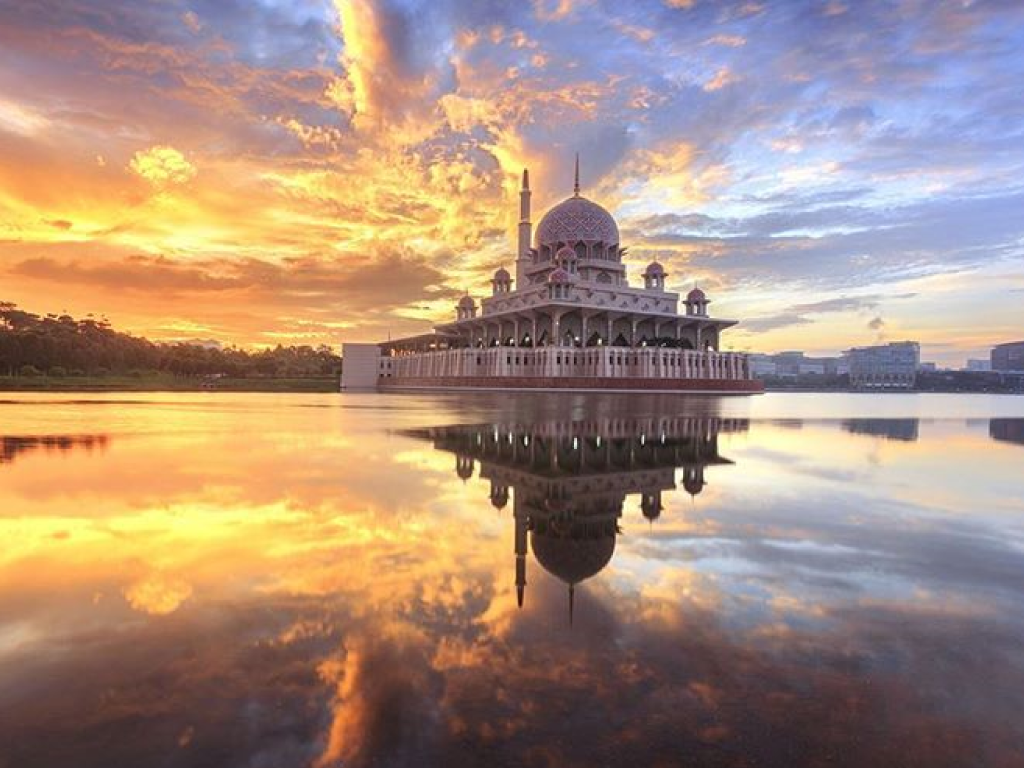
Putrajaya, officially the Federal Territory of Putrajaya, is a planned city and the federal administrative centre of the Malaysian capital. The seat of government was shifted in 1999 from Kuala Lumpur to Putrajaya because of overcrowding and congestion in the former. Kuala Lumpur remains Malaysia’s national capital and is the seat of the King, the Parliament, and all the foreign embassies, and the country’s commercial and financial centre. Putrajaya was the idea of the then Prime Minister Mahathir Mohamad. It became Malaysia’s third Federal Territory, after Kuala Lumpur and Labuan, in 2001.
Named after the first Malaysian Prime Minister, Tunku Abdul Rahman Putra Al-Haj, the territory is entirely enclaved within the Sepang District of the state of Selangor. Putrajaya is also a part of MSC Malaysia, a special economic zone that covers Klang Valley.
Johor Bahru
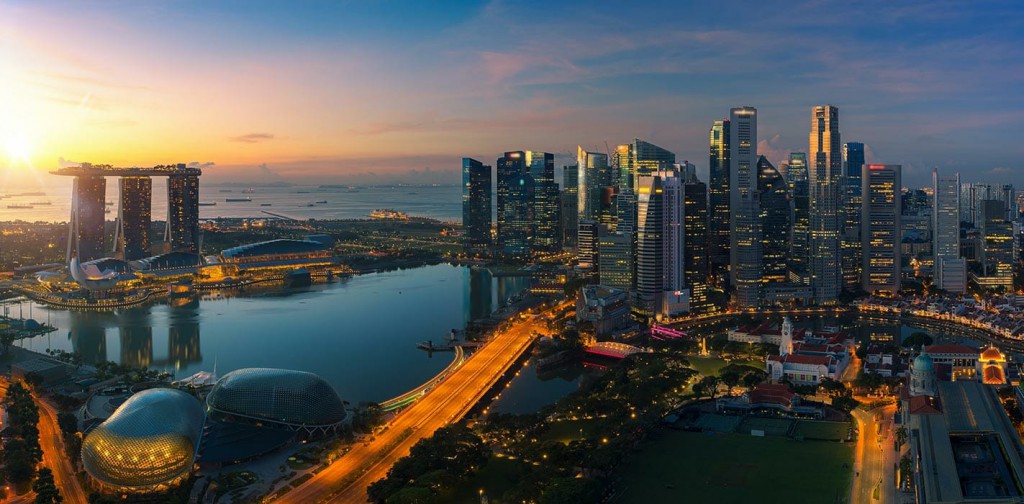
Johor Bahru is the capital of the state of Johor, Malaysia. It is located along the Straits of Johor at the southern end of Peninsular Malaysia. The city has a population of 497,097 within an area of 220 km. Johor Bahru is adjacent to the city of Iskandar Puteri, both anchoring Malaysia’s third largest urban agglomeration, Iskandar Malaysia, with a population of 1,638,219.
Johor Bahru was founded in 1855 as Tanjung Puteri when the Sultanate of Johor came under the influence of Temenggong Daeng Ibrahim. The area was renamed “Johore Bahru” in 1862 and became the capital of the Sultanate when the Sultanate administration centre was moved there from Telok Blangah.
During the reign of Sultan Abu Bakar, there was development and modernisation within the city; with the construction of administrative buildings, schools, religious buildings, and railways connecting to Woodlands in Singapore. Johor Bahru was occupied by the Japanese forces from 1942 to 1945. Johor Bahru became the cradle of Malay nationalism after the war and gave birth to a political party named United Malays National Organisation (UMNO) in 1946. After the formation of Malaysia in 1963, Johor Bahru retained its status as state capital and was granted city status in 1994.
